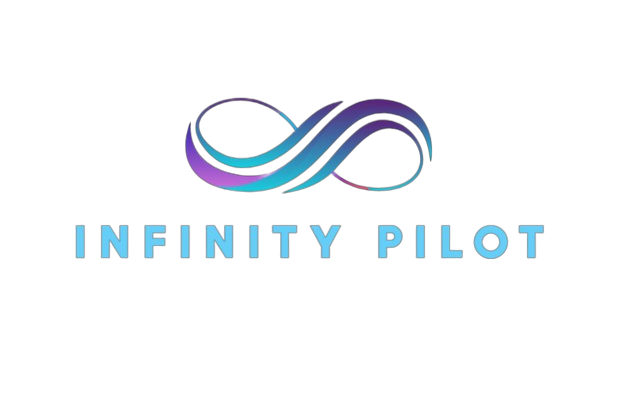In today’s fast-changing media landscape, voice AI is emerging as a game-changer. This innovative technology is unlocking new possibilities for creativity, audience engagement, and operational efficiency. Media companies are increasingly adopting voice AI to create immersive experiences, streamline workflows, and connect with audiences in ways that were once unimaginable.
Let’s explore how voice AI is revolutionizing the media industry and what it means for the future.
Understanding the Role of Voice AI in Media
Voice AI leverages natural language processing (NLP) and machine learning to enable machines to understand, interpret, and respond to human speech. For media companies, this technology opens up new opportunities to reimagine content delivery, audience interaction, and even revenue models.
The potential of voice AI is vast, and its applications are already reshaping how media companies operate. From creating personalized experiences to enhancing accessibility, the possibilities are endless.
How Voice AI is Transforming Media Companies
1. Voice-Activated Content Discovery
With the proliferation of smart speakers and voice assistants, audiences can now find their favorite content hands-free. Media companies that optimize their platforms for voice search ensure users can effortlessly discover shows, articles, or music through simple, natural queries.
- Benefit: Improved accessibility and increased audience retention.
- Example: A user can ask their smart speaker to “play the latest episode of [Podcast Name],” providing a seamless experience.
2. Interactive Storytelling
Voice AI enables the creation of dynamic, personalized storytelling experiences. Audiences can influence the narrative simply by using voice commands, making the experience more immersive and engaging.
- Example: Interactive audiobooks where listeners choose the direction of the story or voice-controlled gaming experiences that adapt based on user input.
3. Automated Content Creation
AI-powered tools can transcribe audio or video content into text quickly and accurately. These tools streamline processes like subtitling, captioning, and article generation.
- Result: Faster production timelines and reduced operational costs.
- Use Case: Media companies can generate summaries of live events or interviews almost instantaneously.
4. Voice-Powered Advertising
Interactive voice ads are changing the game for media companies. These ads enable users to engage directly with products or services by responding to prompts, creating a more interactive and personalized advertising experience.
- Benefit: Higher engagement rates and measurable outcomes for advertisers.
- Example: An ad might ask, “Would you like to hear more about this product?” and respond to user input in real-time.
5. Enhanced Audience Engagement
Voice assistants integrated into media platforms provide personalized recommendations, answer user questions, and offer real-time updates. This fosters deeper connections with audiences by making interactions more engaging and tailored to their preferences.
- Example: A voice assistant on a streaming platform might suggest shows based on a user’s past viewing habits.
6. Real-Time Language Translation
Voice AI is breaking down language barriers by providing live translation for broadcasts. This capability allows media companies to cater to global audiences with minimal effort.
- Use Case: Streaming platforms can offer multilingual options for international viewers, expanding their reach significantly.
7. Accessibility for All Audiences
Voice AI is making media platforms more inclusive by enabling visually impaired users to navigate apps, consume content, and interact with media experiences using voice commands.
- Benefit: Greater accessibility ensures no audience is left behind.
- Example: News apps that read articles aloud or streaming services that allow voice navigation enhance the user experience for people with disabilities.
Real-World Examples of Voice AI in Media
- Spotify: Leverages voice search to help users find playlists, songs, and podcasts effortlessly.
- BBC: Developed its own voice assistant, Beeb, to deliver personalized content to its audience.
- Netflix: Offers voice-enabled navigation, allowing users to search and select content hands-free.
These examples highlight how voice AI is already transforming media platforms, setting the stage for even more innovative applications.
The Future of Voice AI in Media
As voice AI continues to advance, its potential for media companies is boundless. Emerging innovations promise to redefine how audiences interact with content.
Future Innovations to Watch:
- AI-Generated Narratives: Fully automated storytelling tailored to user preferences, offering a new level of personalization.
- Hyper-Personalized Recommendations: Predictive voice assistants that adapt to individual listening or viewing habits for unparalleled customization.
- Immersive Audio Experiences: Voice-controlled 3D audio integrated with VR/AR for next-level engagement in virtual environments.
Why Media Companies Should Embrace Voice AI
Voice AI isn’t just a tool—it’s a transformative force reshaping the industry. By integrating this technology, media companies can:
- Enhance Operational Efficiency: Automating repetitive tasks reduces costs and saves time.
- Improve Accessibility: Inclusive features ensure broader audience reach and engagement.
- Unlock New Revenue Streams: Interactive advertising and global content delivery open doors to innovative monetization strategies.
The result? Media companies can connect with their audiences in more meaningful ways, optimize their operations, and position themselves as leaders in a competitive landscape.
Conclusion: Amplify Your Media Strategy with Voice AI
The integration of voice AI represents a win-win for both media creators and consumers. By embracing this technology, companies can offer richer experiences, improve accessibility, and unlock new opportunities for growth.
The media industry is evolving, and voice AI is leading the charge. Are you ready to amplify your strategy and redefine the way you engage with your audience? The future is here—powered by voice.


Leave A Comment